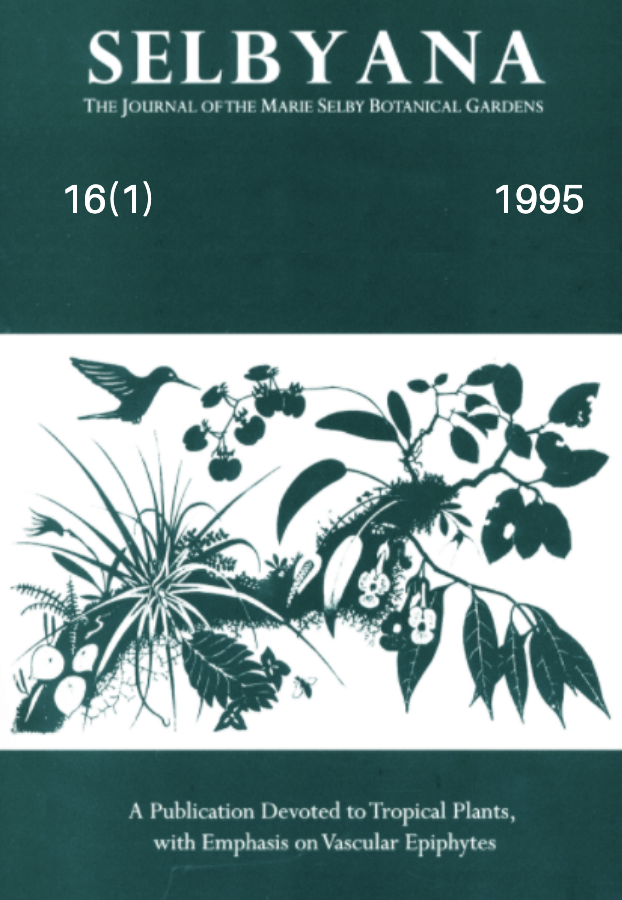Abstract
We examined the fauna inhabiting the leaves and small stems that compose the outermost canopy of Australian rainforests, and found them inhabited by an abundant and diverse fauna of mites (Acari), including scavenging-fungivores (especially oribatid mites), predators, and plant-parasites. Foliar mite species diversity and abundance was highest on structurally complex leaves, especially those with leaf domatia or erect tomenta. Tropical rainforest trees with hairs on their leaves averaged nearly three times as many species and five times as many individuals as those with smooth leaves. Some mite species were restricted to each leaf type. Subtropical rainforest trees and lianas with leaf domatia had twice as many species and three times as many mites as those on which domatia were blocked with bitumen paint. Patterns of mite abundance and diversity persisted through time with both foliar and stem-inhabiting mites increasing in abundance from the summer-rainy season through the autumn and winter dry periods. Oribatid mites also dominated the stem fauna, but the species composition on stems differed from that on leaves. Species turnover was high between samples within a tree, between tree species, and among sites for both leaf and stem mites, suggesting that the overall contribution of mites to canopy biodiversity is high.
Open Access and Copyright Notice
Selbyana is committed to real and immediate open access for academic work. All of Selbyana's articles and reviews are free to access immediately upon publication. There are no author charges (APCs) prior to publication, and no charges for readers to download articles and reviews for their own scholarly use. To facilitate this, Selbyana depends on the financial backing of the Marie Selby Botanical Gardens, the hard work and dedication of its editorial team and advisory board, and the continuing support of its network of peer reviewers and partner institutions.
Authors are free to choose which open license they would like to use for their work. Our default license is the Creative Commons Attribution-NonCommercial 4.0 (CC BY-NC 4.0). While Selbyana’s articles can be copied by anyone for noncommercial purposes if proper credit is given, all materials are published under an open-access license with authors retaining full and permanent ownership of their work. The author grants Selbyana a perpetual, non-exclusive right to publish the work and to include it in other aggregations and indexes to achieve broader impact and visibility.
Authors are responsible for and required to ascertain that they are in possession of image rights for any and all photographs, illustrations, and figures included in their work or to obtain publication or reproduction rights from the rights holders. Contents of the journal will be registered with the Directory of Open Access Journals and similar repositories. Authors are encouraged to store their work elsewhere, for instance in institutional repositories or personal websites, including commercial sites such as academia.edu, to increase circulation (see The Effects of Open Access).
